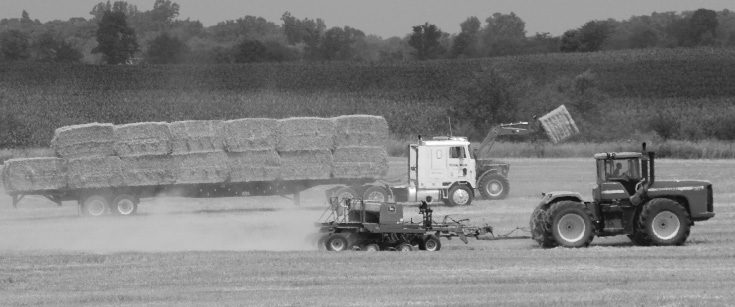No-Till Farmer
Get full access NOW to the most comprehensive, powerful and easy-to-use online resource for no-tillage practices. Just one good idea will pay for your subscription hundreds of times over.

With grain prices on the rise compared to historical levels, some no-tillers are taking a closer look at seeding wheat this fall and no-tilling double-cropped soybeans for 2011. If you’re located in an area where double-cropping can work, this may be a way to boost your 2011 profits.
University of Kentucky farm management specialist Greg Halich anticipates more wheat will be seeded in Kentucky this year due to higher grain prices. Even so, Kentucky no-tillers normally seed more full-season soybeans than double-crop soybeans since the yield reduction with double-cropped beans typically averages about 20%.
Halich recently worked out several budgets for full-season and double-crop soybeans for southwestern Kentucky growers. Including an adjustment for new crop basis, these budgets were based on $4.40 corn, $10.40 soybeans and $7.70-per-bushel wheat.
He accounted for additional costs associated with double-cropping, including fuel, machinery repairs and depreciation. Cash rent was assumed to be $175 per acre. Other figures included diesel fuel at $2.75 per gallon, 15-mile, one-way trucking, 40 cents per unit of nitrogen, 45 cents per unit of phosphorus and 40 cents per unit of potassium.
Around Hopkinsville, Ky., where double-cropping is popular among no-tillers, Halich assumed 70-bushel wheat yields; 35-bushel, double-cropped soybean yields; and 44-bushel, full-season soybean yields.
The budgets indicated a wheat and soybean double-cropping scenario was the best moneymaker. There was a net profit of $230 with wheat and double-cropped soybeans, compared to a net profit of only $79 per acre with full-season beans.
“This results in a $151…